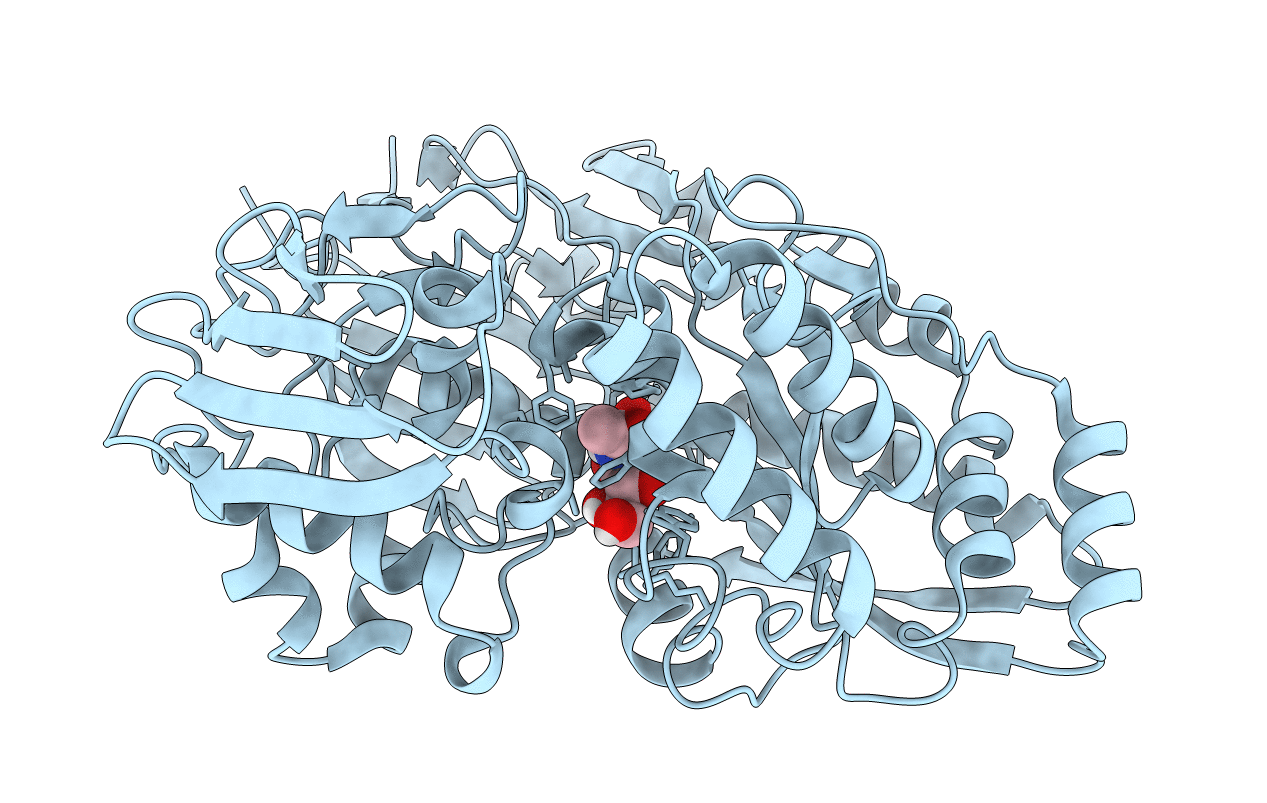
Deposition Date
2018-02-02
Release Date
2018-10-24
Last Version Date
2023-11-22
Entry Detail
PDB ID:
5Z99
Keywords:
Title:
Crystal structure of Sialic acid Binding protein from Haemophilus ducreyi with Neu5Ac
Biological Source:
Source Organism:
Haemophilus ducreyi 35000HP (Taxon ID: 233412)
Host Organism:
Method Details:
Experimental Method:
Resolution:
1.49 Å
R-Value Free:
0.19
R-Value Work:
0.16
R-Value Observed:
0.17
Space Group:
P 21 21 21


